Coral honeysuckle (Lonicera sempervirens) is a native North American plant known for its striking tubular flowers, versatility, and wildlife-friendly nature. This article explores the characteristics, cultivation, and benefits of this beautiful, fast-growing vine.
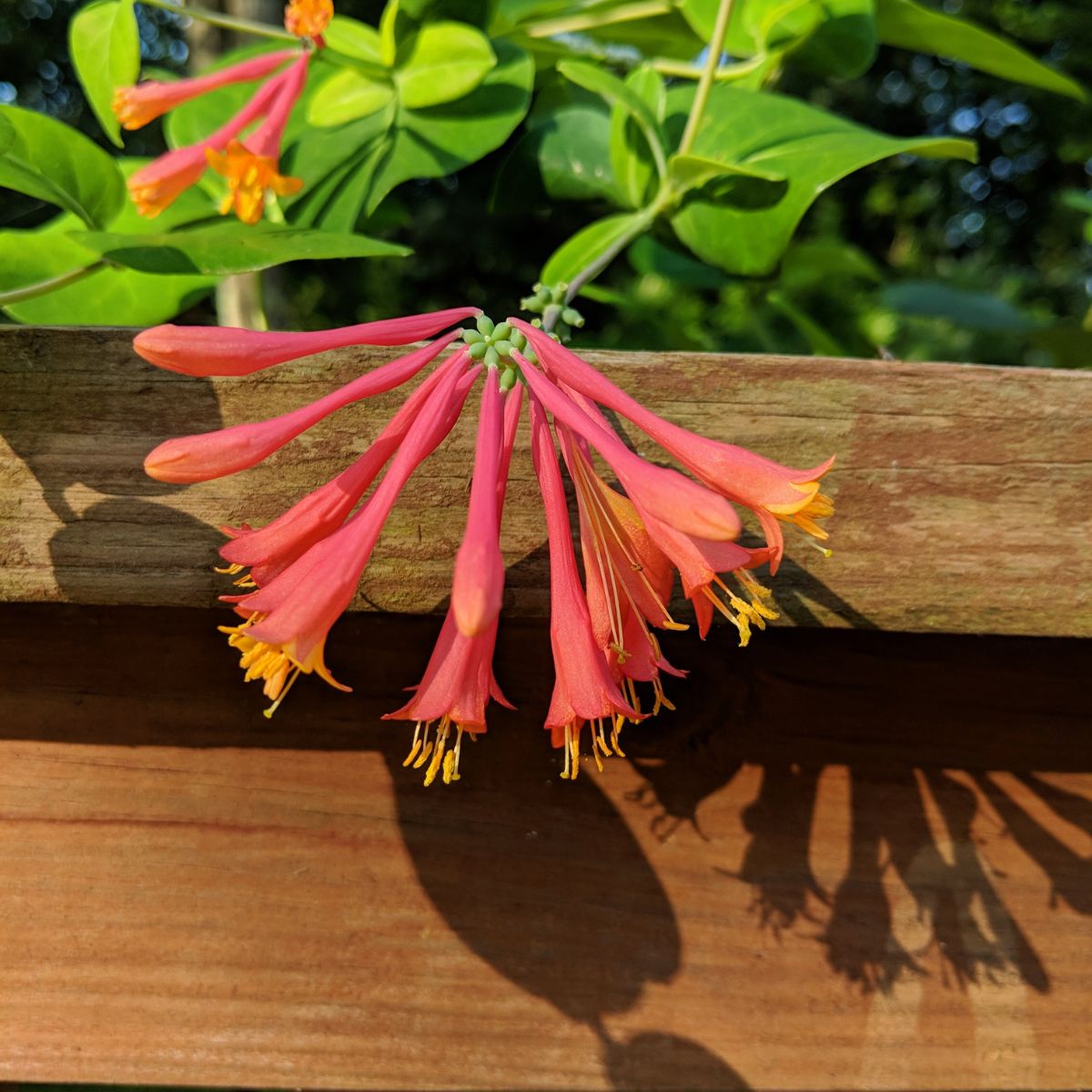
Read Next
Coral Honeysuckle Characteristics
- Appearance: Coral honeysuckle is a twining vine that can grow up to 20 feet in length. It features dark green, oval leaves and trumpet-shaped, red, or orange flower clusters.
- Flowering Season: This plant blooms from late spring to early summer, with sporadic flowering throughout the remaining growing season. Its flowers are followed by red to orange berries that attract birds.
- Fragrance: Though not as fragrant as its cousin, the Japanese honeysuckle, coral honeysuckle still produces a mild, sweet scent that is particularly noticeable in the evening.
- Wildlife Benefits: An essential source of nectar for hummingbirds, bees, and butterflies. Its berries also provide food for various songbirds.
See my article on how to attract hummingbirds.
Ideal Growing Conditions
- Hardiness Zones: Coral honeysuckle thrives in USDA hardiness zones 4 to 9, making it suitable for a wide range of climates.
- Soil Preferences: This vine prefers well-draining, loamy soil but can also tolerate sandy or clay soils. Soil pH should be slightly acidic to neutral.
- Sunlight Requirements: Grows best in full sun to partial shade. It should receive at least six hours of sunlight daily for optimal flowering.



Planting and Cultivation
- Planting Tips: Plant in the spring or fall. Choose a location with suitable sunlight and room for the vine to grow and climb.
- Supporting Structures: Requires a supporting structure, such as a trellis, fence, or pergola, to climb and display its full beauty.
- Watering Needs: Water the plant regularly during the first growing season to establish a deep root system. Afterward, coral honeysuckle is relatively drought-tolerant.
- Fertilizing: Fertilize with a balanced, slow-release fertilizer in early spring and again in mid-summer to promote healthy growth and flowering.
- Pruning: Prune in late winter or early spring to maintain its shape, encourage bushier growth, and remove any dead or damaged stems.
Propagation Methods
- Cuttings: Can be propagated through softwood cuttings taken in late spring or early summer. Root the cuttings in a well-draining medium, and keep them moist until established.
- Layering: Another propagation method is layering, in which a low-growing stem is partially buried in soil until it forms roots. Once rooted, it can be cut from the parent plant and transplanted.
Uses in the Garden
- Ornamental Vine: Coral honeysuckle's colorful flowers and fast growth make it a popular choice for adding vertical interest and a burst of color to gardens and landscapes.
- Wildlife Habitat: Planting coral honeysuckle supports local wildlife, as it provides a valuable food source for pollinators and birds.
- Container Planting: With proper support, it can be grown in containers, making it suitable for patios, balconies, or small gardens.
- Erosion Control: Coral honeysuckle's dense growth and the extensive root system can help control slope and bank erosion while providing a visually appealing ground cover.



Coral Honeysuckle vs. Japanese Honeysuckle
- Invasive Concerns: Japanese honeysuckle (Lonicera japonica) is an invasive species that can outcompete native plants and harm ecosystems. In contrast, coral honeysuckle is native to North America and poses no such threat.
- Fragrance: While Japanese honeysuckle is known for its intense fragrance, coral honeysuckle's scent is milder, providing a subtler olfactory experience.
- Flower Color: Japanese honeysuckle typically has white or cream-colored flowers that turn yellow with age, while coral honeysuckle boasts vibrant red or orange blooms.
Potential Pests and Diseases
- Powdery Mildew: Can be susceptible to powdery mildew, a fungal disease that appears as a white, powdery coating on leaves. To prevent this, ensure proper air circulation and avoid overhead watering.
- Aphids: Aphids may infest it, but they can be controlled with insecticidal soap or by encouraging beneficial insects, like ladybugs, that prey on them.
- Leaf Spots: Leaf spots, caused by fungi or bacteria, can affect coral honeysuckle. Remove affected leaves and avoid overhead watering to minimize the risk of disease.
Coral Honeysuckle Companion Plants
- Climbing Roses: Pair coral honeysuckle with climbing roses to create a stunning, multi-colored display on a trellis or pergola.
- Clematis: With their large, showy flowers, Clematis vines complement the tubular blooms of coral honeysuckle for a striking combination.
- Native Perennials: Plant coral honeysuckle alongside native perennials, like coneflowers or black-eyed Susans, to create a beautiful, pollinator-friendly garden.
Conclusion
Coral honeysuckle is a vibrant, versatile, and wildlife-friendly vine that deserves a place in every garden. Its stunning flowers, ability to attract pollinators, and ease of cultivation make it a valuable addition to various garden settings. By understanding coral honeysuckle's characteristics, growing conditions, and care requirements, gardeners can enjoy the many benefits this beautiful native vine offers.

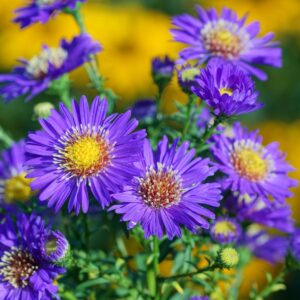
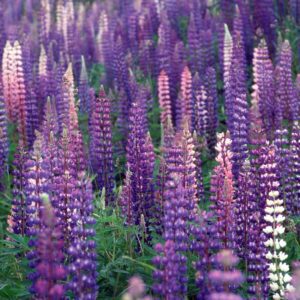
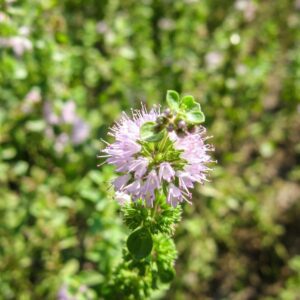
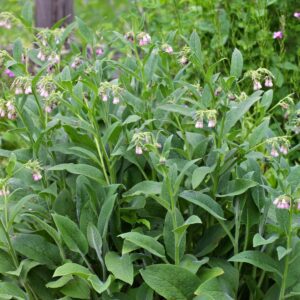
Comments
No Comments